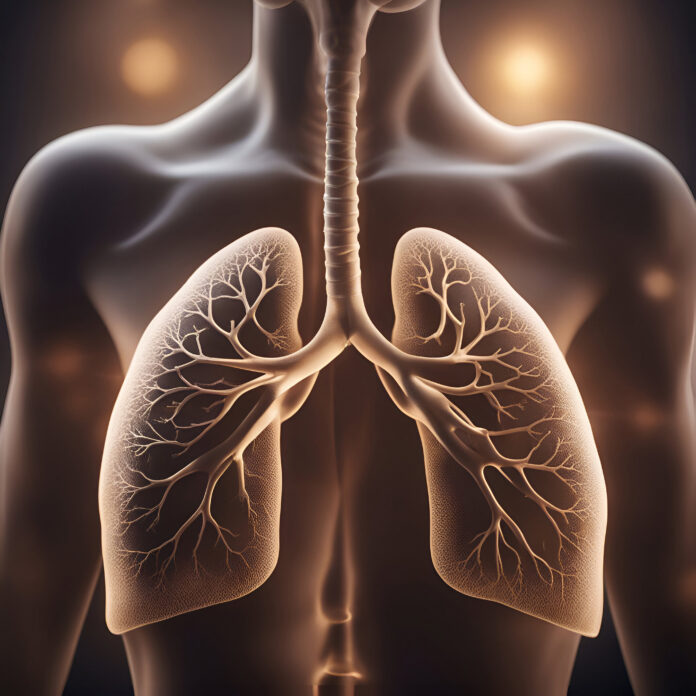Uncontrolled division of cells in the airways (bronchi or bronchioles) or small air sacs (alveoli) of your lungs is characterized as lung cancer. It usually spreads to other organs.
What is Lung Cancer?
Lung cancer usually starts in the airways and then reaches your lungs. Your cells in the airways and lungs divide without any command and make copies of themselves as a part of their normal function. But sometimes, sudden changes (mutations) cause them to keep making more of themselves when they should stop. Damaged cells keep dividing and create a mess of unnecessary cells, characterized as tumors, of tissue that eventually damage your organs and affect their working.
Lung cancer affects the structure and function of your lungs — usually, the airways, bronchi, bronchioles, or small air sacs (alveoli) are affected by the disease first. Sometimes cancers start in other places and move to your lungs. These cancers are named for which part they have begun. A healthcare provider will describe it as metastatic to your lungs.
Types of Lung Cancer
Many types of cancers affect the lungs but two main types are named lung cancer.
- Non-small cell lung cancer.
- Small cell lung cancer.
Non-small Cell Lung Cancer (NSCLC)
More than 80% of lung cancer cases are diagnosed with this type. Adenocarcinoma and squamous cell carcinoma are its two common forms. Adenosquamous carcinoma and sarcomatoid carcinoma are two rare types of NSCLC.
Small Cell Lung Cancer (SCLC)
This type of lung cancer grows more quickly and is harder to treat than NSCLC. In this condition, relatively small tumors grow and spread to other body parts. small cell carcinoma and combined small cell carcinoma are two specific types of SCLC.
Other Types of Cancer in the Lungs
Some types of cancer start in or around your lungs, including:
- Cancer in your lymph nodes (lymphomas).
- Cancer in your soft tissues and bones (sarcomas).
- Cancer in the lining of your lungs (pleural mesothelioma).
Doctors usually do not refer them as lung cancer and treat them differently.
Stages of Lung Cancer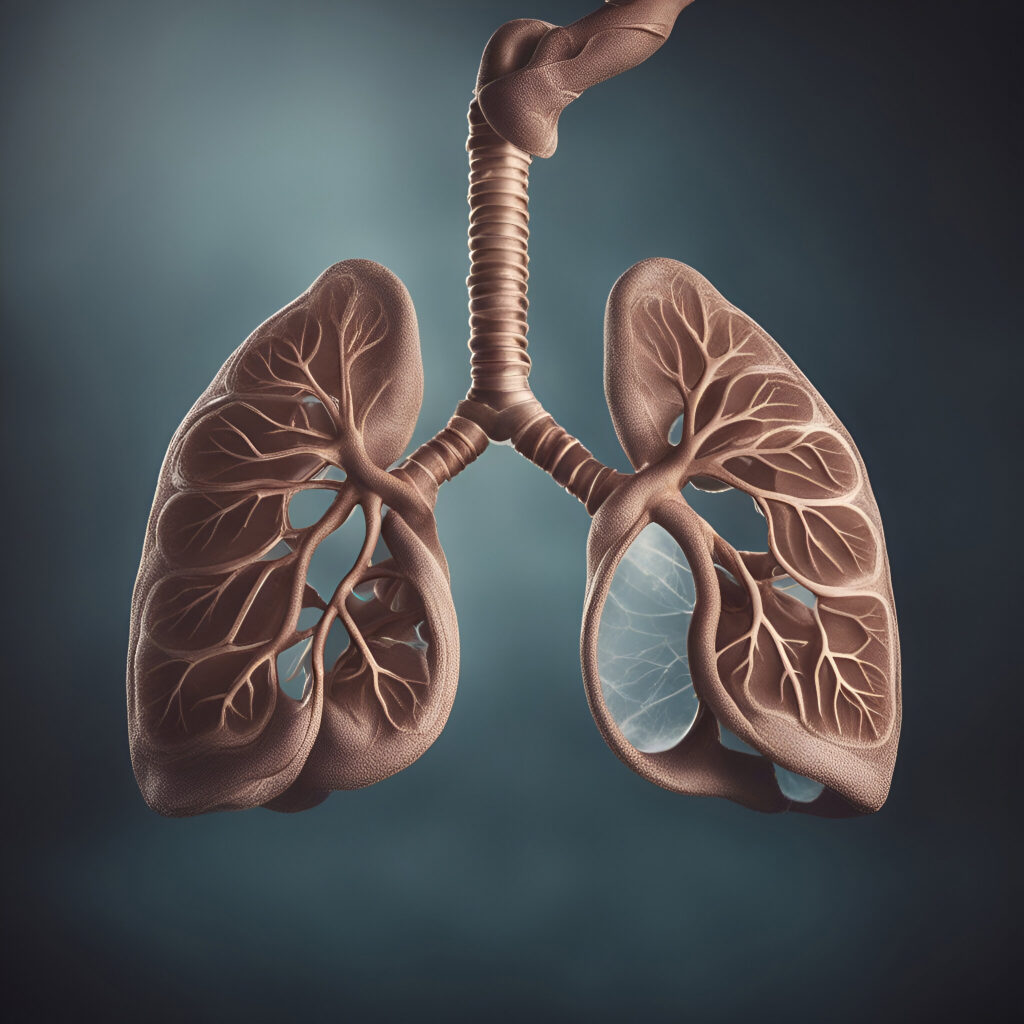 The size of the initial tumor suggests the stage of cancer. It is linked with the penetration of tumors in the surrounding tissues, lymph nodes or other organs. Each type of lung cancer or tumor has a specific type of treatment.
The size of the initial tumor suggests the stage of cancer. It is linked with the penetration of tumors in the surrounding tissues, lymph nodes or other organs. Each type of lung cancer or tumor has a specific type of treatment.
Stages of lung cancer have several combinations of sizes and can spread to other organs rapidly. For example, the primary tumor of stage three cancer often is of smaller size than stage two cancer. General information to find out the stages of lung cancer are:
Stage 0: The top lining of the lung or bronchus develops tumors. They don’t spread to other parts of the lung or other organs.
Stage I: Cancer tumors haven’t spread outside the lung.
Stage II: Cancerous tumors are larger than the initial stage, and tend to spread to lymph nodes inside the lung, in the same lobe of the lung or different lobes.
Stage III: Cancerous tumors are larger than Stage II, and have spread to nearby lymph nodes or structures.
Stage IV: Cancerous tumors have spread to the other lung, the fluid around the lung, the fluid around the heart, or distant organs.
Symptoms and Causes
Many people don’t show specific symptoms of lung cancer until the disease is advanced, but some people show prominent symptoms in the early stages. Most people have symptoms that resemble other mild illnesses. Symptoms that are helpful in time diagnosis are:
- Continuous Coughing that doesn’t go away.
- Shortness of breath or trouble in breathing.
- Chest pain or discomfort.
- Bleeding while coughing.
- Rapid weight loss.
- Loss of appetite.
- Swelling in the upper body parts including chest, arms, shoulders, neck, and face.
- Prevailing tiredness or fatigue.
Initial Signs of Lung Cancer
According to studies, the most common sign of lung cancer is recurring severe symptoms of pneumonia. Sometimes it may be a sign of a less terrible disease. All the symptoms don’t occur at the same time. One or two symptoms may appear with great power and some are shown at early stages, while wholesome are shown at severe stages where cancer has progressed to other vital organs. Therefore, in time diagnosis is important.
Diagnosis of lung cancer is a hard task because it grows in your body for a long time such as years, before showing its symptoms in you. It often doesn’t show any symptoms at early stages.
What Causes Lung Cancer?
Cell division is a normal process of the body and all cells have an automatic built-in switch to cease the process, including apoptosis or necrosis. But sometimes, the switch system doesn’t work properly and an uncontrolled cell division gets started due to too many changes in genes. So it is claimed by the pulmonologists that the cancerous cells are normal cells in your body that have gained mutations that trigger the off switch. These cells keep multiplying without any instruction and interfere with the healthy cells. They tend to get into your bloodstream or lymph nodes. They reach other organs and spread the damage.
Read More: https://onlinehealthpoint.com/7-detox-drinks-that-boost-metabolism-in-summer-to-lose-weight/
We have no exact knowledge about the sudden changes that lead to lung cancer but some influential factors including smoking or taking drugs are discussed below:
Risk Factors for Lung Cancer
Experts say that 85% of lung cancer deaths are caused by smoking. No matter if it is direct or passive. Although smoking, including cigarettes, cigars, or pipes is the major factor causing lung cancer but some other factors also play their role at a limited level and can increase your risk of lung cancer.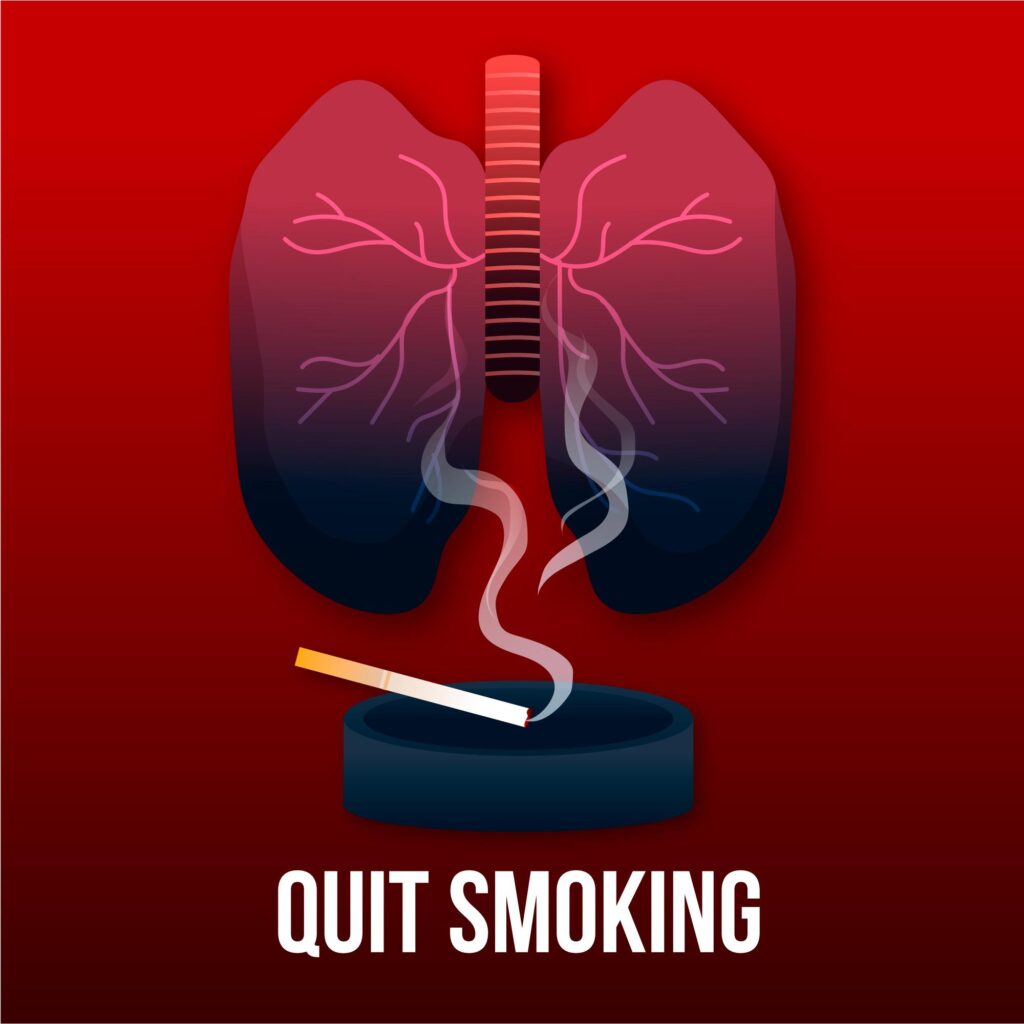 Risk factors other than smoking include:
Risk factors other than smoking include:
- Secondhand tobacco smoke.
- Harmful substances, like diesel exhaust, silica, coal products, radon, asbestos, uranium, and others.
- Radiation treatments to your chest.
- A family history of lung cancer.
Vaping and Lung Cancer
Vaping is the inhalation of several substances, such as nicotine. These are cancer-causing agents. Experts believe that this new technology of inhaling drugs is another major factor that has the potential to cause lung cancer.
15 to 20% of patients with lung cancer have never smoked. Yes, weird to hear but it is true. It may be due to passive smoking. So don’t take it carelessly. Always talk to your doctor about any concerning symptom
Diagnosis and Tests
Diagnosis of Lung Cancer
Multiple steps are processed to diagnose lung cancer. On the first visit, your healthcare provider just inquires about the persistent symptoms and asks about your family health history. Afterward, he examines your heart and lung health by doing some physical tests. Blood tests and chest X-rays are also performed for this purpose. If the diagnosis process reveals any clue to have lung cancer, you may pass through the next steps of imaging tests like PET, Biopsy, or CT Scan to check if lung cancer has spread to other parts or not. These tests help to design the best treatment plan.
For instance, your chest X-ray is a good way to detect a tumor but it is not better than a CT scan where a tumor can be scanned in your lungs more precisely even at the initial stages. X-ray provides a little information because they are not highly precise technology. They help your healthcare provider to detect any suspicious things. They can’t diagnose lung cancer; they only assist. So your healthcare must go for a CT scan.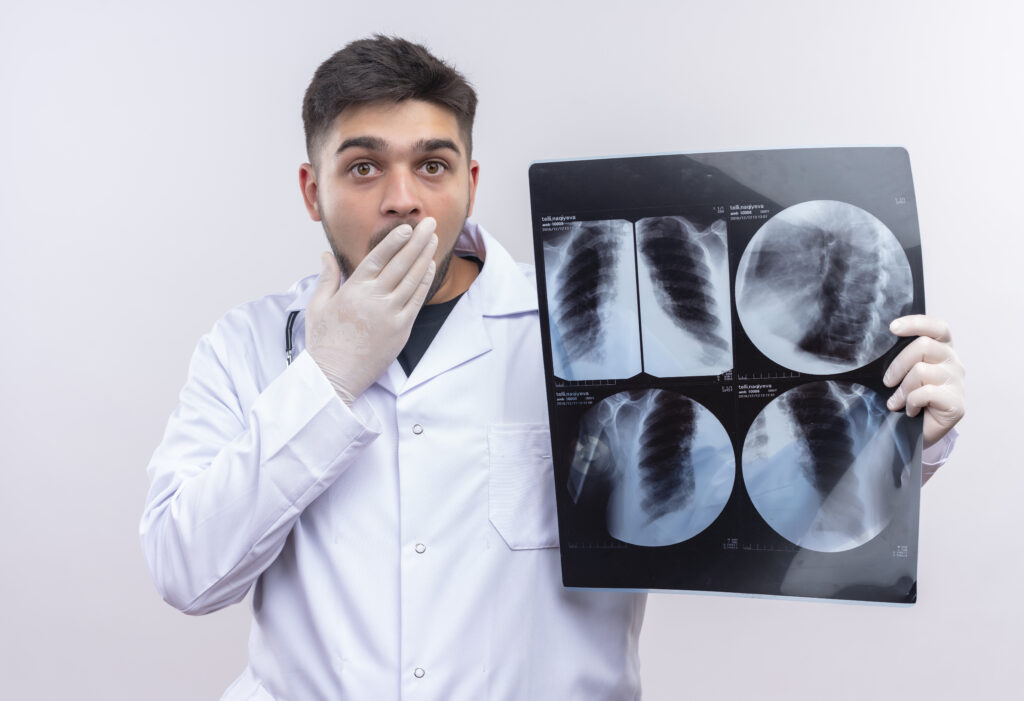 Essential tests for the exact diagnosis include:
Essential tests for the exact diagnosis include:
Blood Tests
Blood tests help your care provider to check your lungs and other organs working. They can’t diagnose cancer on their own.
Imaging
Imaging tests or scans give your provider exact information through pictures or images that can show changes in your lungs. The scans help the care providers evaluate a concerning point on a CT scan to determine whether cancer has spread.
Biopsy
Several steps are taken to get an exact diagnosis report. So that your doctor may get a deep look at your chest to find out what’s going on inside your chest. Therefore, they take a sample of your tissues or blood to study under the microscope to check the penetration of cancerous cells in your body and to determine what kind of cancer it is. genetic changes (mutations) are also studied through these samples that might affect your treatment.
Most healthcare providers get you through a specific procedure to initially diagnose lung cancer or learn more about its spread. The procedure is: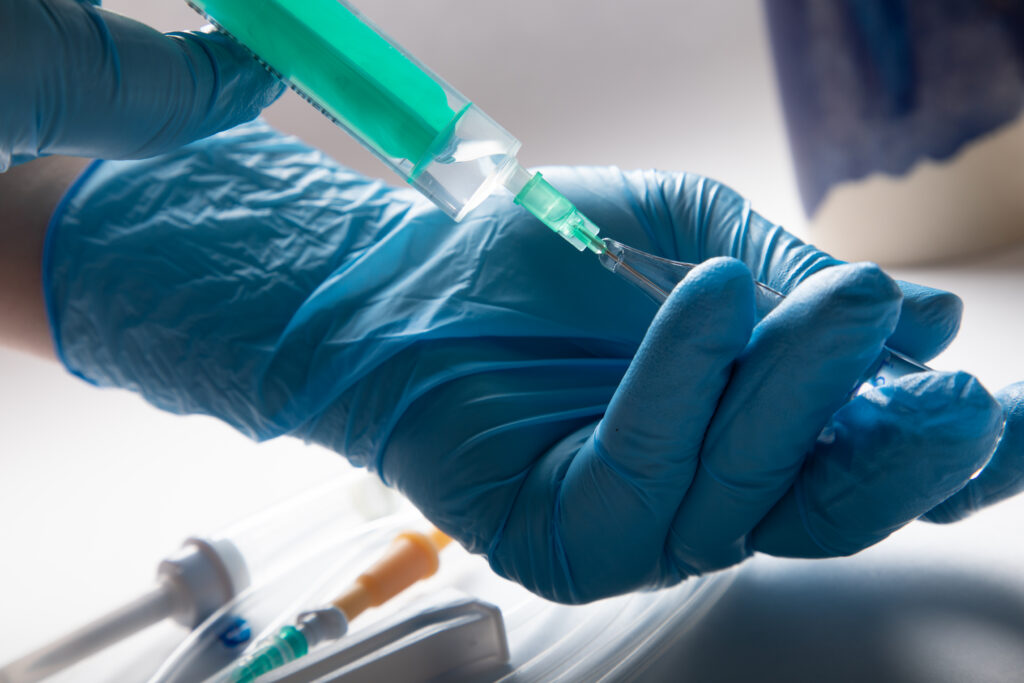 Needle Biopsy; a needle is used to collect your tissue or blood sample.
Needle Biopsy; a needle is used to collect your tissue or blood sample.
Thoracoscopy; to take a deep look inside your lungs.
Thoracentesis; to collect a sample of fluid surrounding your lungs.
Endoscopic Ultrasound; to check the lymph nodes.
Mediastinotomy; to collect a sample of fluid present between your lungs.
Some molecular tests including your genes and tissue samples are also performed as part of the biopsy procedure. This may help to suggest special drugs for your treatment plan. These molecular tests include:
- ROS 1.
- BRAF.
- NTRK.
- MET.
- HER 2.
Management and Treatment
In time an exact treatment plan can help to slow down the growth of cancer cells. It also helps to get rid of cancer for good. Treatment procedures teach your immune system to fight against the uncontrolled production of cells. Some therapies are designed to reduce pain or eliminate symptoms. Different factors are considered while designing your treatment plan for lung cancer, including the type of cancer you have, where it is growing, and how far it has spread. Different types of treatment plans adopted usually for lung cancer are, surgery, immunotherapy, chemotherapy, and targeted drug therapy.
Surgery
Surgery has been done to treat specific types of cancer such as NSCLC that haven’t spread. A single tumor can be easily removed through surgery. A small amount of healthy cells may also be removed but it is manageable. Sometimes, the cancer has spread enough that a part of the lung or a complete lung has to be removed through surgery. It is essential to ensure the best chance that the cancer won’t come back. After surgery, patients feel side effects including chest pain, shortness of breath, cough, and fatigue.
Radio-Frequency Ablation
Cancerous tumors near the lungs or at the edges of the lungs are treated with radio-frequency ablation (RFA). In this treatment technique, high-energy radio waves are converted to heat and destroy cancer cells.
Radiation Therapy
In this treatment plan, high-energy beams are used to kill cancer cells. It can help make surgery more effective. Radiation can also be used to shrink tumors and relieve pain, in both NSCLC and SCLC cases. This treatment technique has some negative side effects like nausea, fatigue pain, dry or itchy skin, cough, shortness of breath, and difficulty in swallowing.
Chemotherapy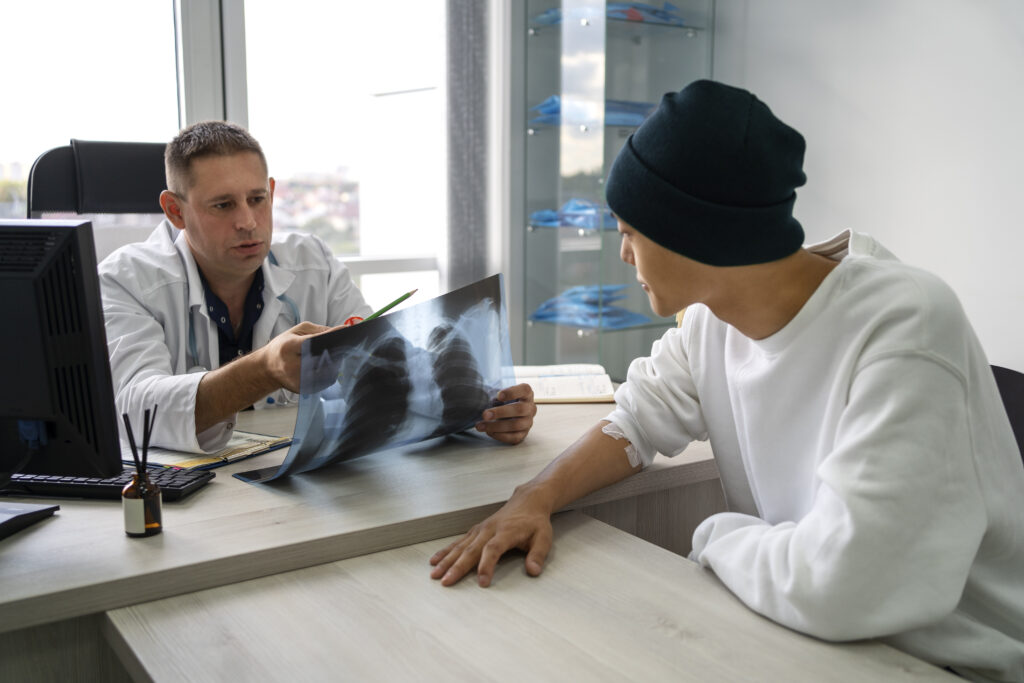 It is a combination of multiple medications designed to stop the growth of cancer cells. these medicines are given before or after surgery or in combination with other types of medication. Chemotherapy for this type of cancer is infused through an I V. chemotherapy procedure has some side effects, including hair loss, fatigue, nausea, diarrhea, mouth sores, and weakness.
It is a combination of multiple medications designed to stop the growth of cancer cells. these medicines are given before or after surgery or in combination with other types of medication. Chemotherapy for this type of cancer is infused through an I V. chemotherapy procedure has some side effects, including hair loss, fatigue, nausea, diarrhea, mouth sores, and weakness.
Targeted Drug Therapy
Some patients with lung cancer have specific changes (mutations) in their cells that help them in cancer growth. Special drugs are formulated to target these mutations to slow down or destroy cancer cells. Angiogenesis inhibitors are the medications that can keep the tumor from creating new blood vessels, which the cancer cells need to grow.
Immunotherapy
Your immune system has a unique ability to identify damaged or harmful cells. The system recognizes harmful cells and destroys them. Cancer cells hide themselves from the immune system army and keep on growing. Immunotherapy helps to reveal cancer cells to your immune system to prepare your body to fight against those cancer cells. Immunotherapy is also not free of side effects. Its negative impacts are hepatitis, colitis, joint pain, vomiting, nausea, fatigue, and itchy rashes.
Treatments to Ease Symptoms
This is a painful disease and has worse symptoms that cause discomfort. Some drugs or treatments are used to relieve symptoms like pain and difficulty in breathing. Therefore, some therapies are introduced to reduce pain and limit the fluid around your lungs to remove tumors.
Read More: https://onlinehealthpoint.com/leukorrhea-causes-symptoms-and-treatment/
Management of Symptoms and Side Effects
After passing through a treatment procedure, every patient with lung cancer experiences side effects relevant to that treatment procedure. In that situation, your healthcare provider prescribes specific medications to manage those negative effects. You can talk to a dietitian or a palliative care specialist to manage pain or other symptoms.
Conclusion
Diagnosis of lung cancer has a close link with overwhelming situations and emotions. It is a dreadful reality to accept that you are a patient of lung cancer. A great willpower is needed to survive. Always remember, the statistics can’t tell you how your treatment will affect you and what decisions are fruitful for you. So trust your loved ones and consider the options given by your healthcare provider and support group. Lung cancer treatment is a time-consuming procedure and taking care of yourself with a strong willpower is its indispensable part.
Avoid smoking, drinking alcohol or secondhand smoke, and other substances that can harm your lungs. Eating a balanced diet and maintaining a healthy lifestyle may help you to get rid of this disease. Some studies suggest that eating seasonal fresh fruits and vegetables may help reduce your risk of cancer.

